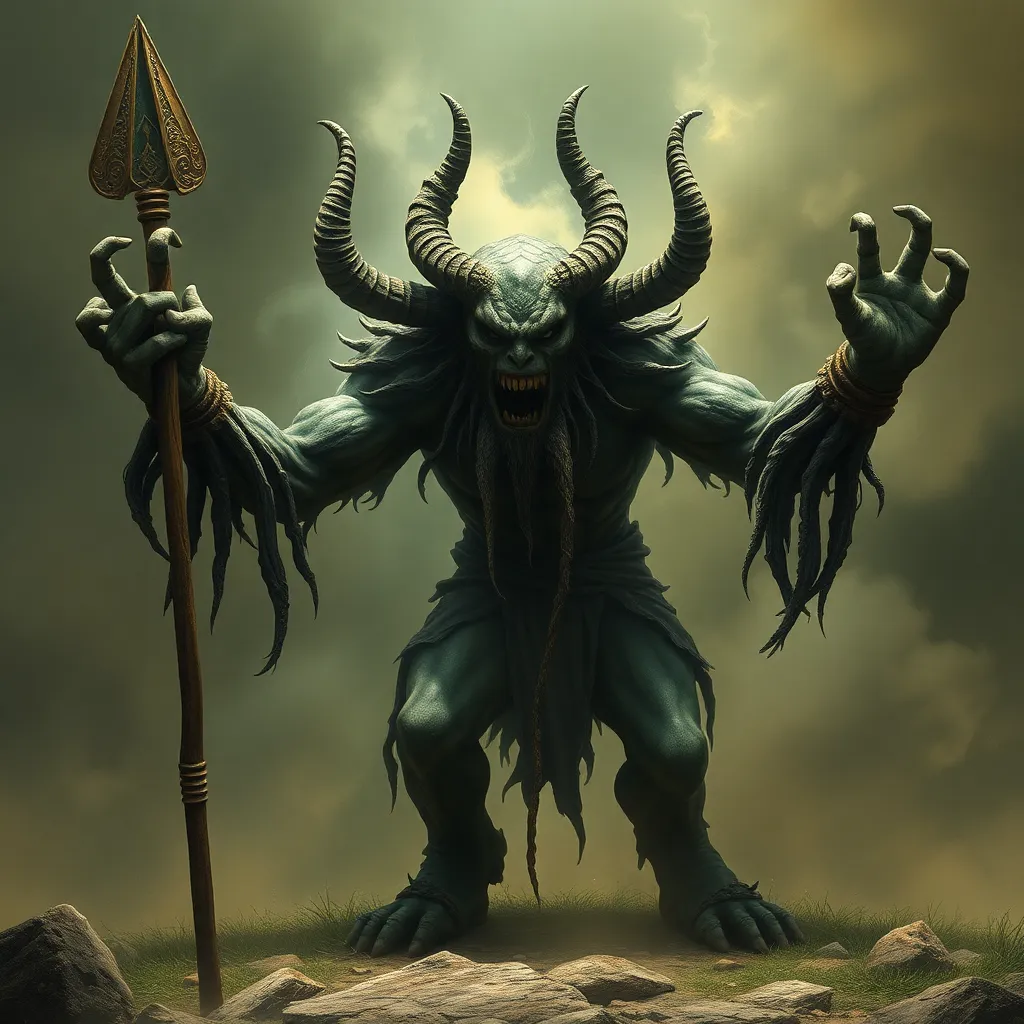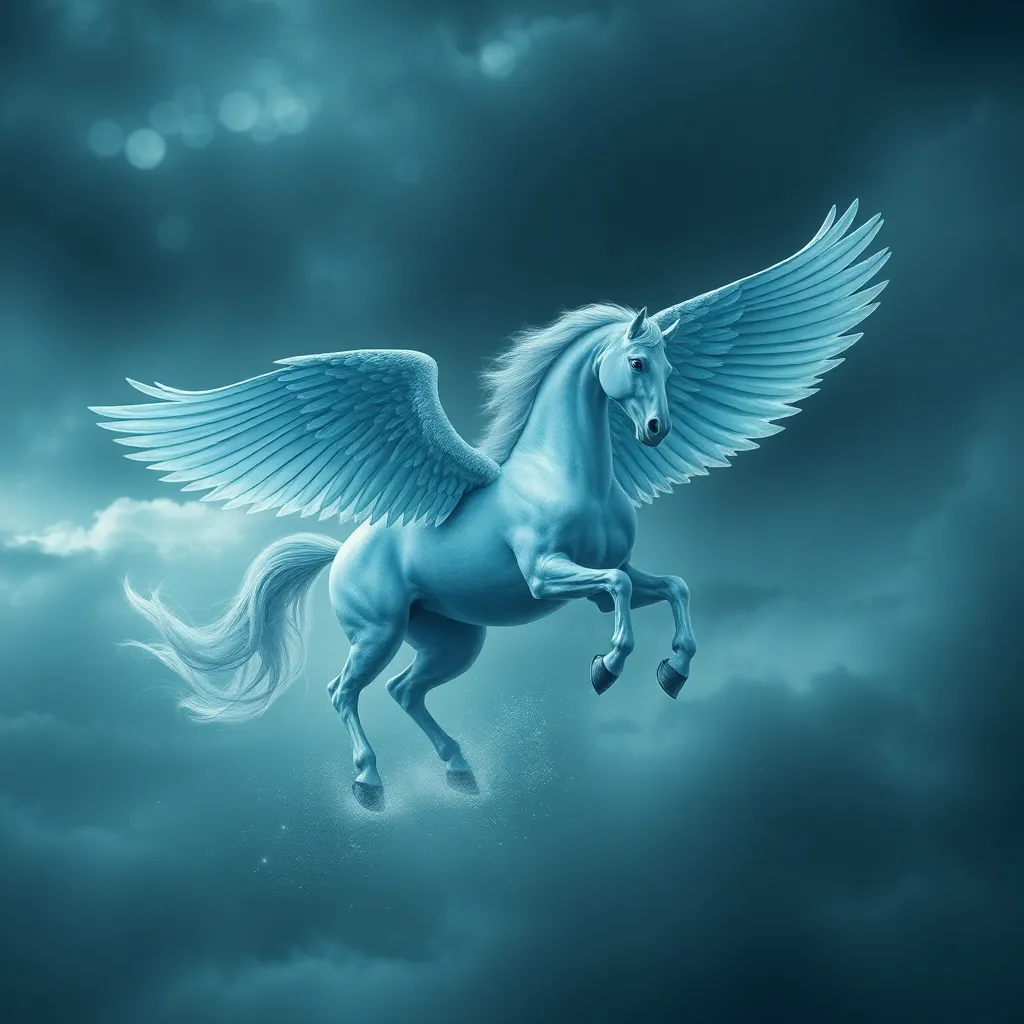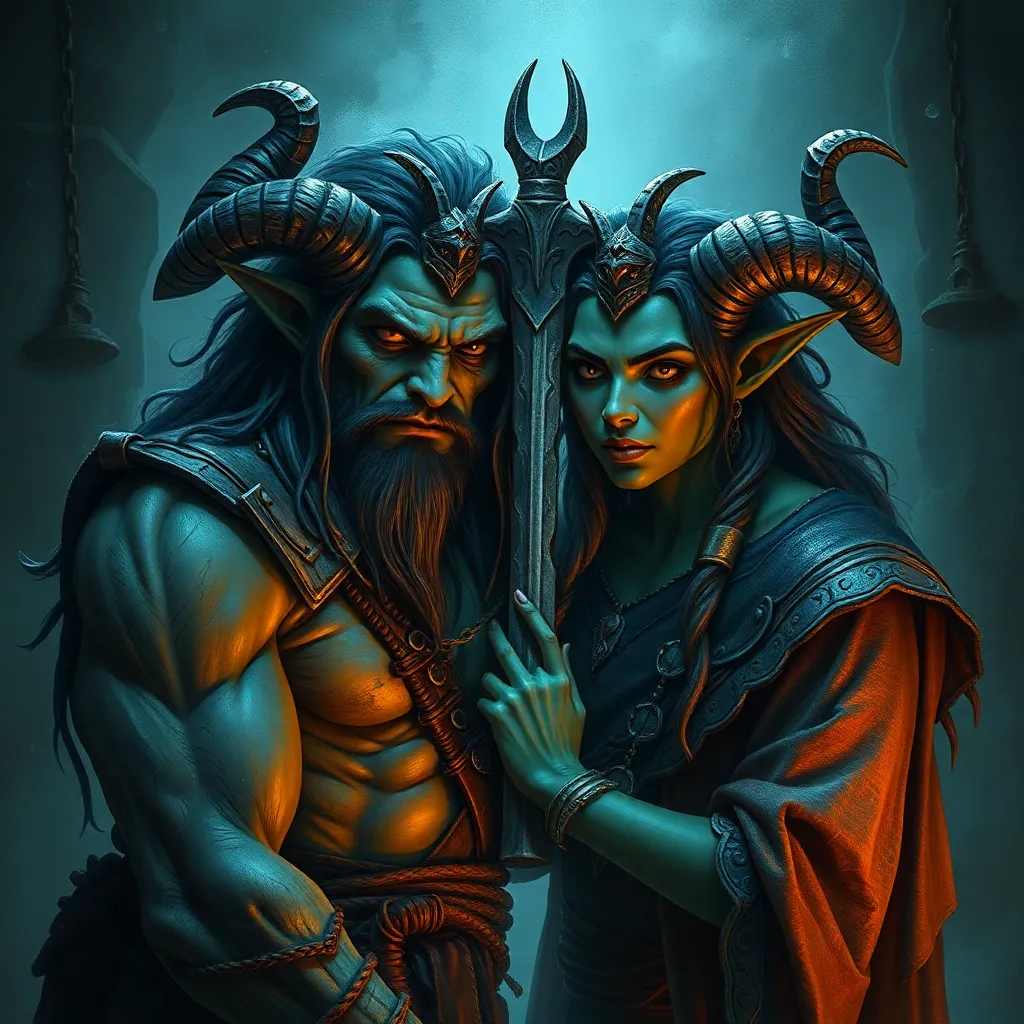The Orcish Role in Ancient Mythology: Investigating the Origins of Orcish Lore in Ancient Cultures
I. Introduction
Orcs, often depicted as brutish, savage creatures in modern fantasy, have a rich and complex history that stretches back through ancient mythology. In this context, they are defined not merely as characters in contemporary media but as archetypes that have evolved over centuries, drawing from various cultural narratives.
The purpose of this article is to explore the origins, representations, and transformations of orcish lore across different ancient cultures. By tracing their historical context and cultural significance, we can better understand how these figures have shaped and been shaped by human storytelling.
This exploration will delve into the emergence of orc-like beings in ancient texts, their characteristics, and their roles in the mythologies of Mesopotamia, Norse traditions, Celtic folklore, and beyond.
II. The Historical Context of Orcish Lore
The lore surrounding orcs can be traced back to various ancient civilizations. As we investigate, we find that orcish figures emerged as reflections of societal fears and moral tales.
A. Emergence of Orcish Figures in Ancient Texts
Orc-like creatures first appeared in ancient texts as representations of chaos and the other. Early records feature beings that embodied the darker aspects of humanity.
B. Influences from Various Ancient Cultures
Various cultures influenced the orcish archetype, including:
- Mesopotamian demonology
- Norse mythology
- Celtic folklore
- Eastern mythologies, such as Chinese and Japanese
C. The Evolution of the Orcish Archetype
Orcish beings have evolved from ancient demonology to contemporary portrayals, reflecting changing societal values and anxieties. This evolution illustrates how myths adapt to fit the cultural contexts of their time.
III. Orcs in Mesopotamian Mythology
In Mesopotamian mythology, orc-like figures often resemble demons or monsters, serving as cautionary tales about human nature.
A. Comparison to Demons and Monsters
Orc-like beings in Mesopotamia were frequently depicted alongside other demonic figures, representing chaos and destruction. They were often seen as antagonists to the gods and heroes of the tales.
B. Key Texts and Their Descriptions of Orc-like Beings
Important texts such as the Epic of Gilgamesh and various Sumerian myths depict creatures that share characteristics with modern interpretations of orcs, such as physical strength, brutishness, and a connection to the underworld.
C. Cultural Significance of Orcish Figures in Mesopotamia
These figures served crucial roles in illustrating the battle between order and chaos, reinforcing moral lessons about the human condition and divine justice.
IV. The Role of Orcs in Norse Mythology
Norse mythology presents a rich tapestry of beings, including orc-like creatures that share traits with trolls and the Jotnar (giants).
A. Connections to Trolls and Jotnar
Orcs in Norse lore are often compared to trolls, with both being depicted as brutish and formidable. The Jotnar, as antagonistic giants, also share characteristics that align with orcish traits.
B. Orcish Characteristics in Norse Literature
Norse literature describes orc-like beings as having:
- Physical strength
- Hostility towards gods and humans
- Connections to nature and the wild
C. Rituals and Beliefs Surrounding Orc-like Creatures
Rituals in Norse culture often involved appeasing these creatures, reflecting their perceived power and influence over the natural and supernatural worlds.
V. Orcish Influence in Celtic Mythology
Celtic mythology offers a unique perspective on orcish figures, often linking them to faeries and other otherworldly beings.
A. The Connection to Faeries and Otherworldly Beings
In Celtic lore, orc-like beings are frequently associated with faeries, embodying the wild and unpredictable aspects of nature.
B. Legends and Folklore Featuring Orcish Traits
Folklore includes tales of creatures that possess traits similar to orcs, such as:
- Physical deformity
- Intelligence paired with brutality
- Magical abilities
C. The Symbolism of Orcs in Celtic Culture
Orcs in Celtic culture symbolize the unknown, representing fears of the wilderness and the chaos lurking at the fringes of civilization.
VI. The Representation of Orcs in Ancient Eastern Cultures
In Eastern cultures, analogous creatures to orcs exist, reflecting similar themes of chaos and otherness.
A. Analogous Creatures in Chinese and Japanese Mythology
In Chinese mythology, beings such as the Oni in Japanese folklore exhibit orc-like traits, often depicted as malevolent spirits or demons.
B. The Role of Orc-like Figures in Folklore and Legends
These figures often serve as antagonists to heroes, embodying the fears of societal disorder and moral corruption.
C. Cross-Cultural Comparisons and Interpretations
Cross-cultural studies reveal that despite different mythological contexts, the themes surrounding orc-like beings often converge, highlighting universal human concerns.
VII. Modern Interpretations and Adaptations of Orcish Lore
In contemporary culture, orcs have been reimagined through fantasy literature, games, and films, often diverging from their ancient roots.
A. The Impact of Fantasy Literature and Games
Works such as J.R.R. Tolkien’s The Lord of the Rings popularized orcs, transforming them into iconic figures within the fantasy genre.
B. The Transformation of Orcs in Popular Culture
Modern portrayals often depict orcs as:
- Complex characters with varying moralities
- Tribal societies with rich cultures
- Symbols of resilience against oppression
C. Continuing Legacy of Ancient Orcish Archetypes
Despite their evolution, the foundational traits of orcish lore continue to resonate, reminding us of their origins in ancient mythologies.
VIII. Conclusion
This exploration of orcish lore reveals a multifaceted history, bridging ancient texts and modern interpretations. From their roots in Mesopotamian and Norse mythology to their adaptation in contemporary culture, orc-like figures embody a blend of fear, chaos, and the complexities of human nature.
Understanding the origins of orcish lore is crucial for appreciating how these figures reflect societal values and anxieties throughout history. Future research directions could further explore the intersections between different cultural representations of orcs and their continued relevance in modern storytelling.




